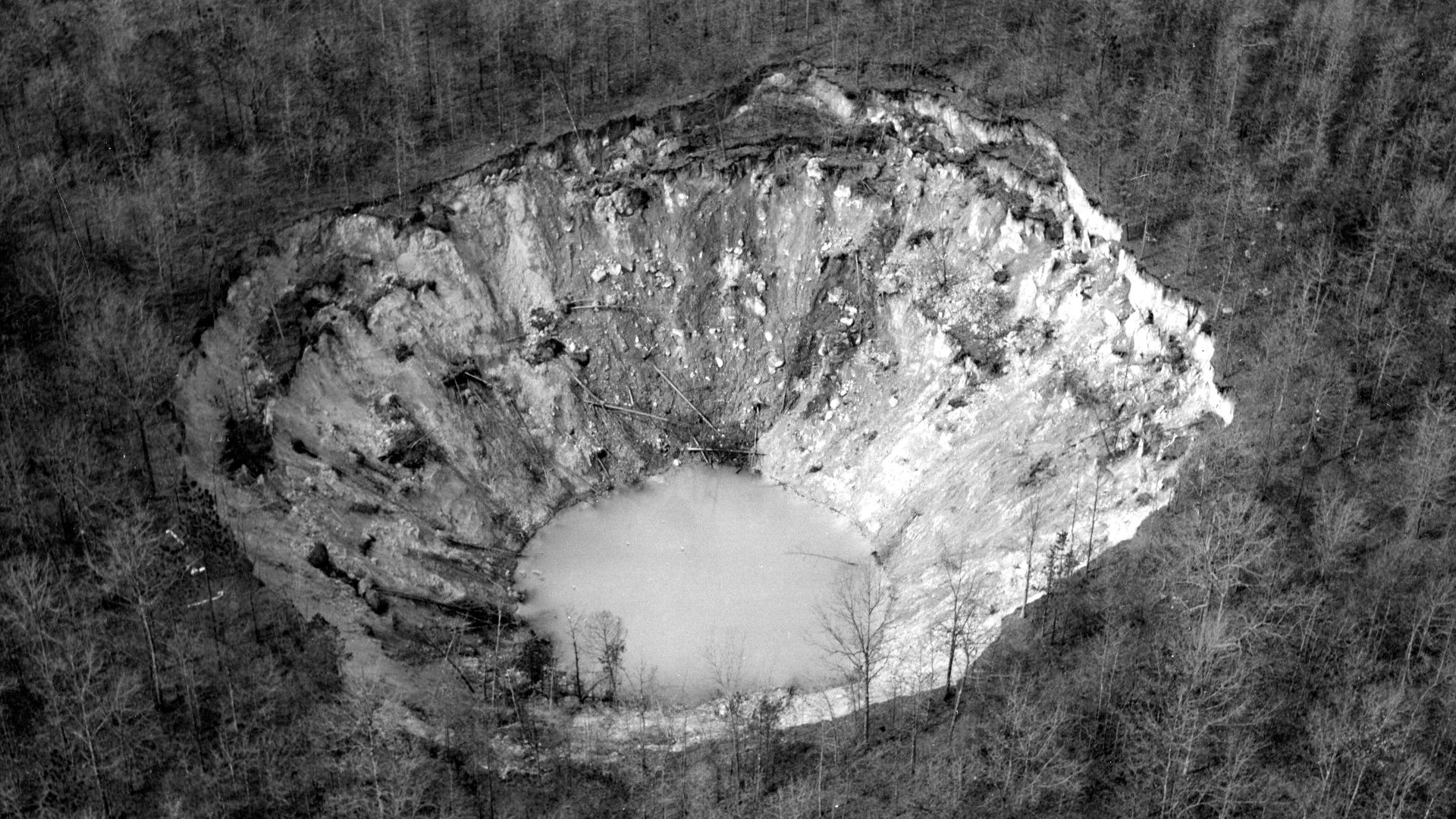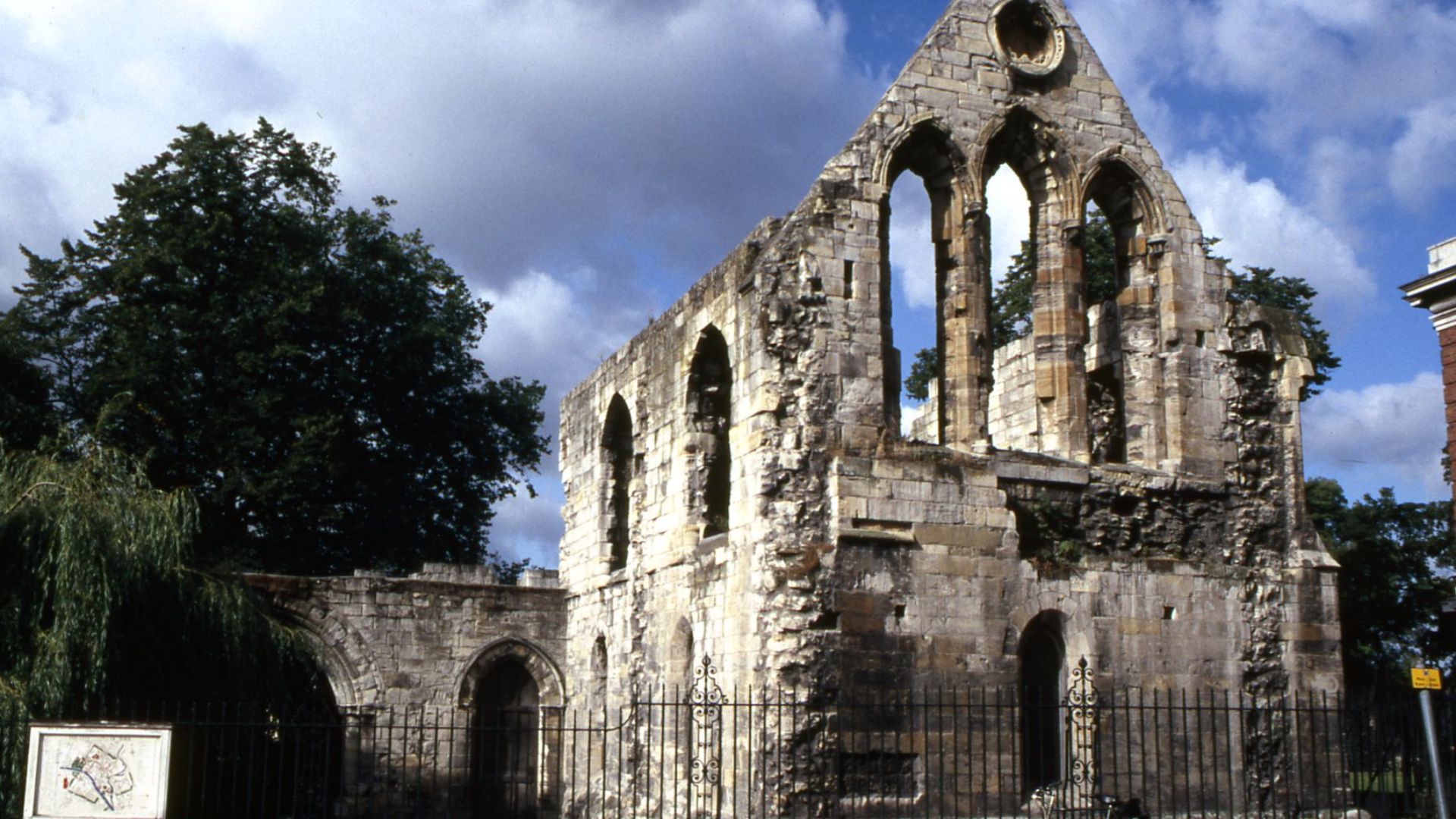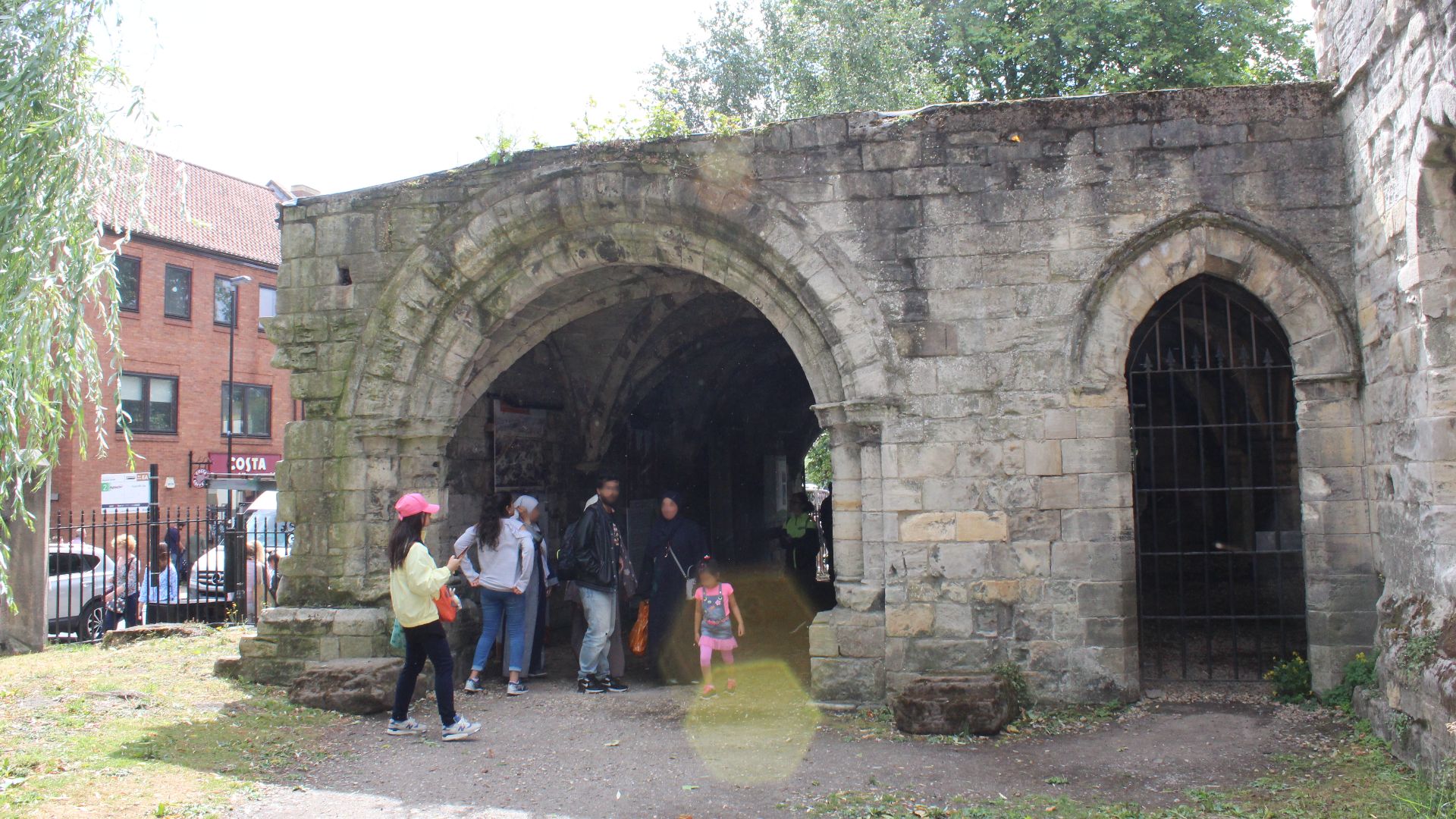Time Travel Pothole
The ground simply opened up one June morning. Traffic stopped. Onlookers gathered around the growing hole in York. But this wasn't just another infrastructure failure—medieval walls emerged from the darkness.

Unexpected Discovery
Morning commuters watched in shock as the street suddenly collapsed. Emergency crews securing the area discovered ancient stonework just inches below the asphalt. What began as a traffic disruption quickly became York's most significant archaeological find of 2025—St Leonard's Hospital, preserved for centuries beneath daily foot traffic.
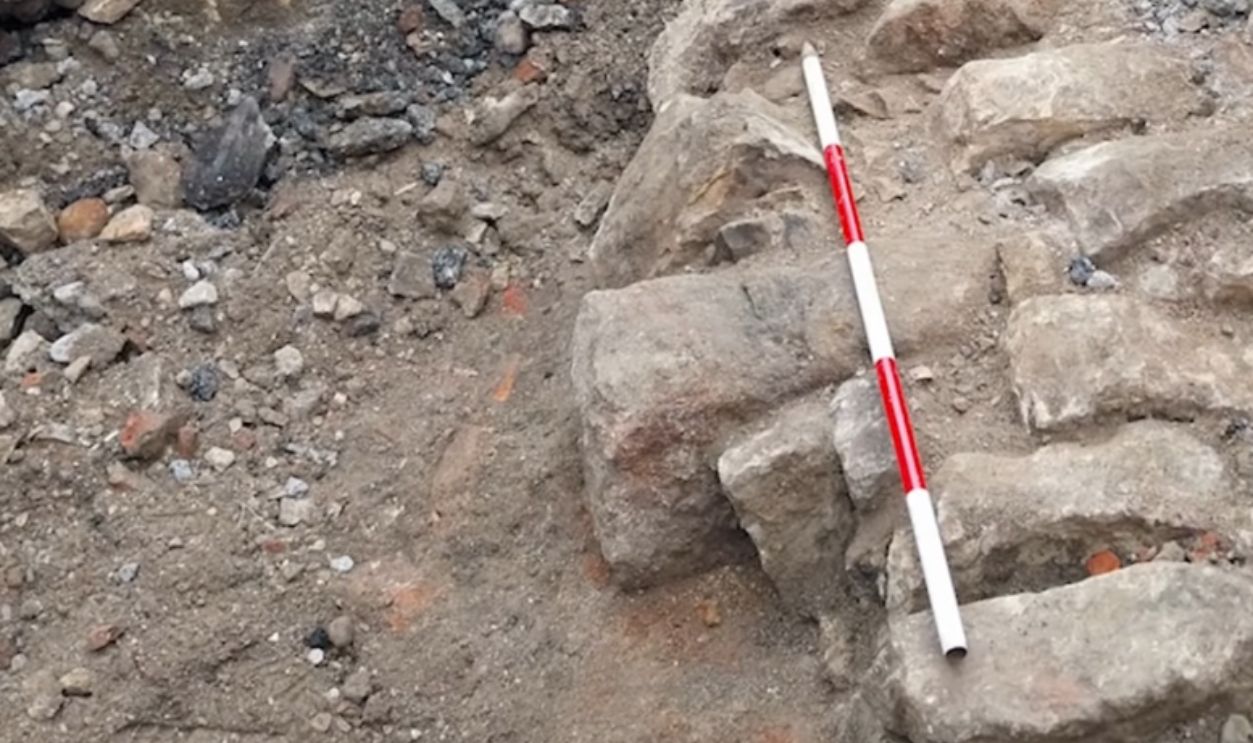 Archaeological finds revealed at St Leonard's Place by City of York Council
Archaeological finds revealed at St Leonard's Place by City of York Council
Medieval Healthcare
Healers at St Leonard's Hospital in medieval York combined herbal remedies with spiritual cleansing as part of their treatment approach. Illness was seen as both a physical and moral condition, so patients were required to confess their sins and have their souls cleansed before receiving physical care.
 Rachel Hajar, Wikimedia Commons
Rachel Hajar, Wikimedia Commons
Sinkhole Formation
Decades of underground water erosion created the void, revealing this historical treasure. York's ancient waterways and variable soil densities make such collapses surprisingly common. This particular sinkhole formed rapidly after heavy rainfall destabilized the final supporting layer, creating an unexpected window into the city's past.
Archaeological Surprise
The archaeological discovery was a striking surprise because archaeologists initially anticipated finding Victorian infrastructure during emergency repairs. However, carbon dating confirmed that the uncovered structure dated back to the 12th–13th century, identifying it as one of northern England's largest medieval healthcare facilities.
Hospital History
Founded shortly after the Norman Conquest, St Leonard's Hospital replaced the earlier St Peter's Hospital that was damaged by fire around 1100 AD. It served York's population for over three centuries, caring for the sick, poor, elderly, and condemned. The structure was largely destroyed during the English Reformation.
The Norman Conquest
This conquest refers to the 11th-century invasion and subsequent occupation of England by William, Duke of Normandy, also known as William the Conqueror. It culminated in the decisive Battle of Hastings on October 14, 1066, where William's forces defeated King Harold Godwinson's Anglo-Saxon army.
 Unknown authorUnknown author, Wikimedia Commons
Unknown authorUnknown author, Wikimedia Commons
Underground Structures
The hospital's layout brings to light specialized spaces stretching from what is now York's Museum Gardens to the Theatre Royal. Central halls housed patient beds while smaller chambers served as treatment areas. Limestone foundations maintained structural integrity despite centuries underground.
Theatre Royal
Located at St Leonard's Place in York, the York Theatre Royal is one of the oldest theatres in the United Kingdom, with a history dating back to 1744. It has played a significant role in York's cultural life, hosting both original productions and touring companies.
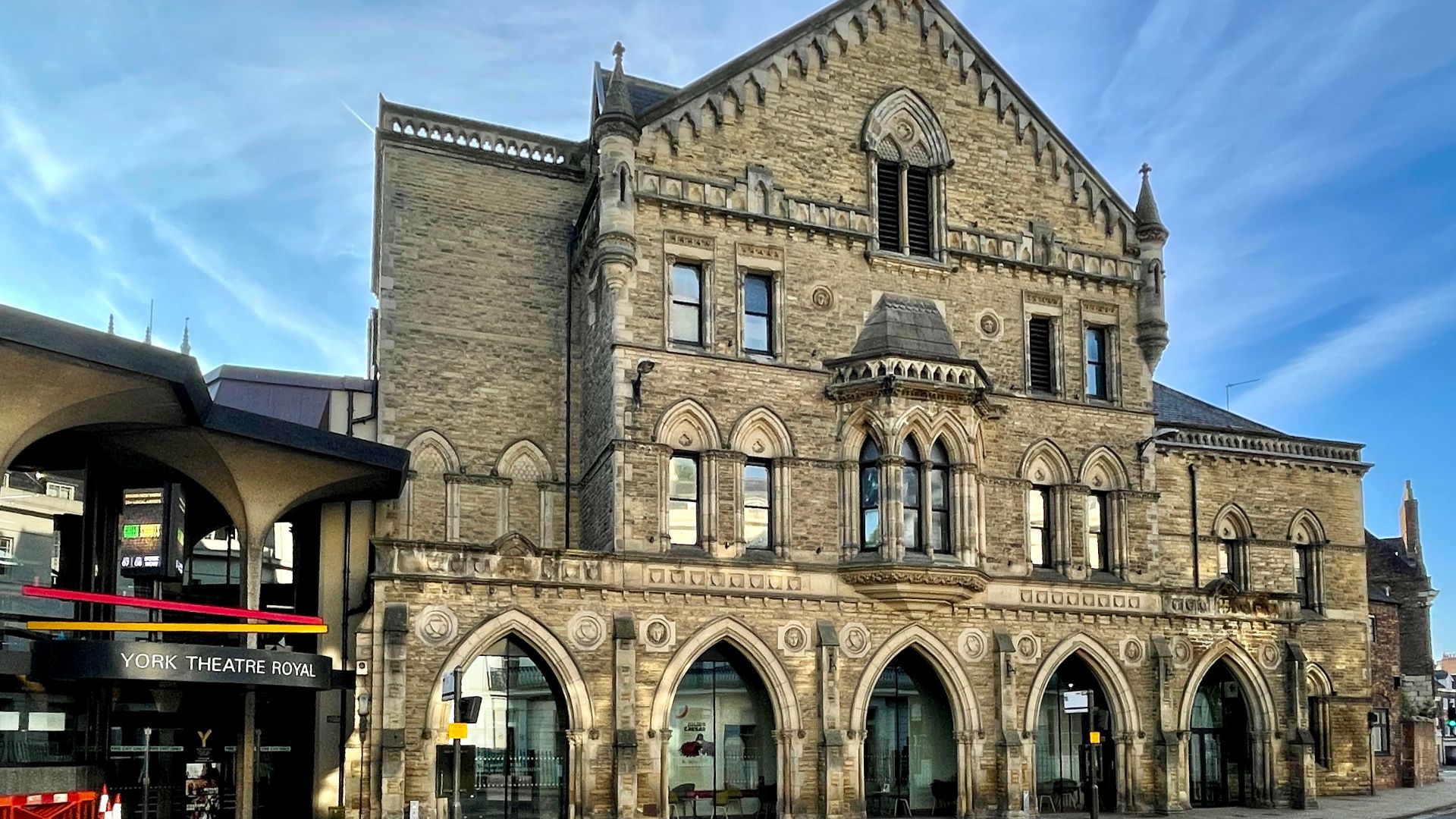 General George Marshall, Wikimedia Commons
General George Marshall, Wikimedia Commons
Medieval Medicine
Artifacts from this hospital highlight fascinating insights into medieval medical practice. The place was designed with large windows and high ceilings to facilitate the circulation of fresh air, aligning with the belief that "bad air" or miasma caused sickness.
 donald judge, Wikimedia Commons
donald judge, Wikimedia Commons
Miasma
The concept of miasma was a dominant medieval medical theory that disease was caused by inhaling noxious, foul-smelling vapors or "miasmas" emanating from decomposing organic matter such as rotting vegetation, stagnant water, sewage, or corpses. This theory held that these invisible, poisonous airs contaminated the atmosphere.
Excavation Process
Preserving fragile medieval structures while excavating beneath an active city street presented unique challenges. Archaeologists worked around the clock following the Chartered Institute for Archaeologists' standards. Each removed soil layer was carefully sifted for artifacts. Comprehensive photographic documentation ensures these findings contribute to York's archaeological record.
Architectural Features
High, vaulted ceilings allowed air circulation. The facility's design incorporated natural light through strategic window placement before later construction covered these openings. Most telling is the east-facing orientation, positioning healing work toward the holy direction typical of religious institutions of the period.
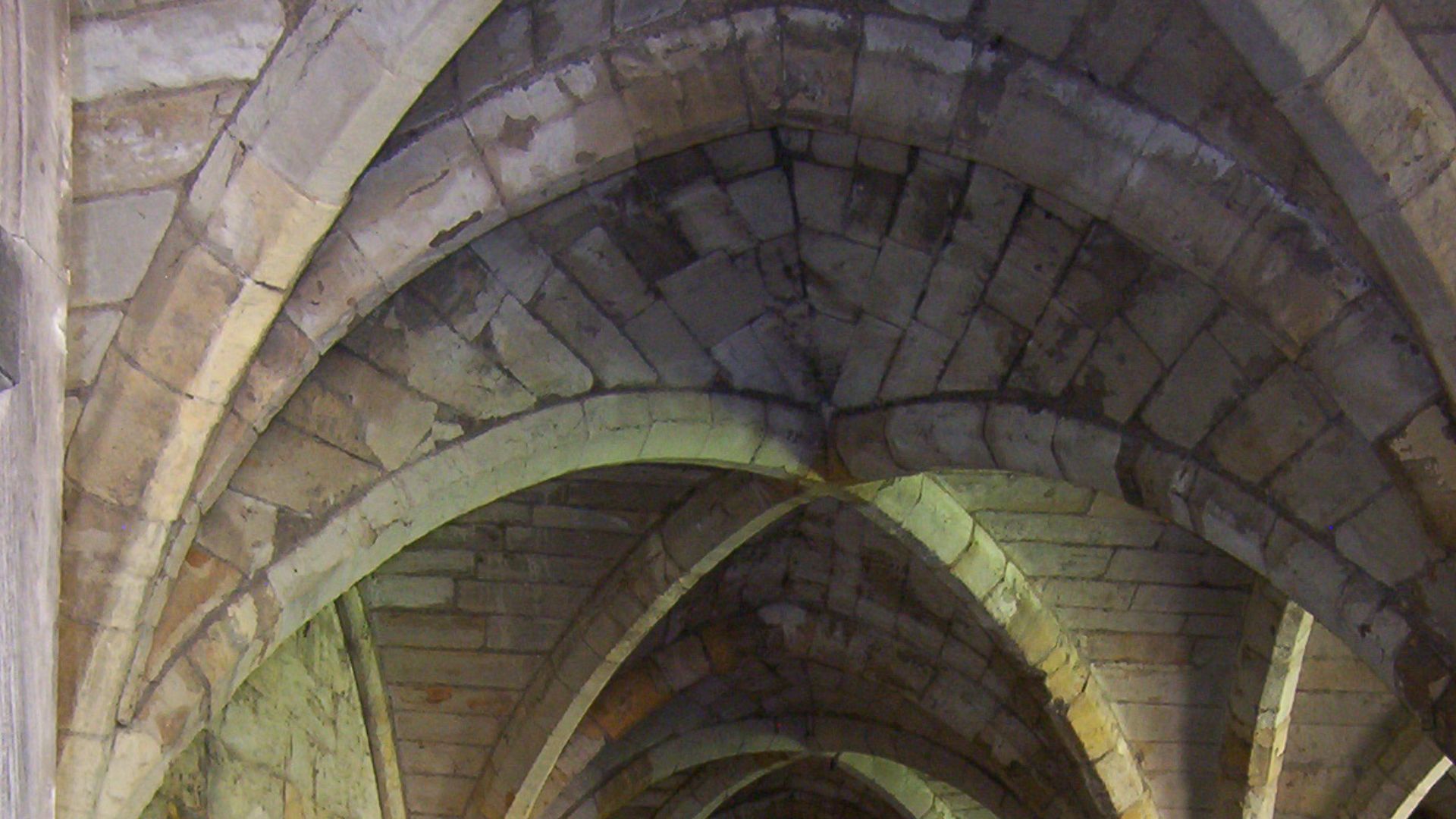 User:Kaly99, Wikimedia Commons
User:Kaly99, Wikimedia Commons
Historical Context
The hospital operated during York's medieval development as a significant northern English city. Serving predominantly poor citizens, it represented rare accessible healthcare for common people. Besides medical treatment, it operated a grammar school for orphans and choirboys and fed prisoners at nearby York Castle.
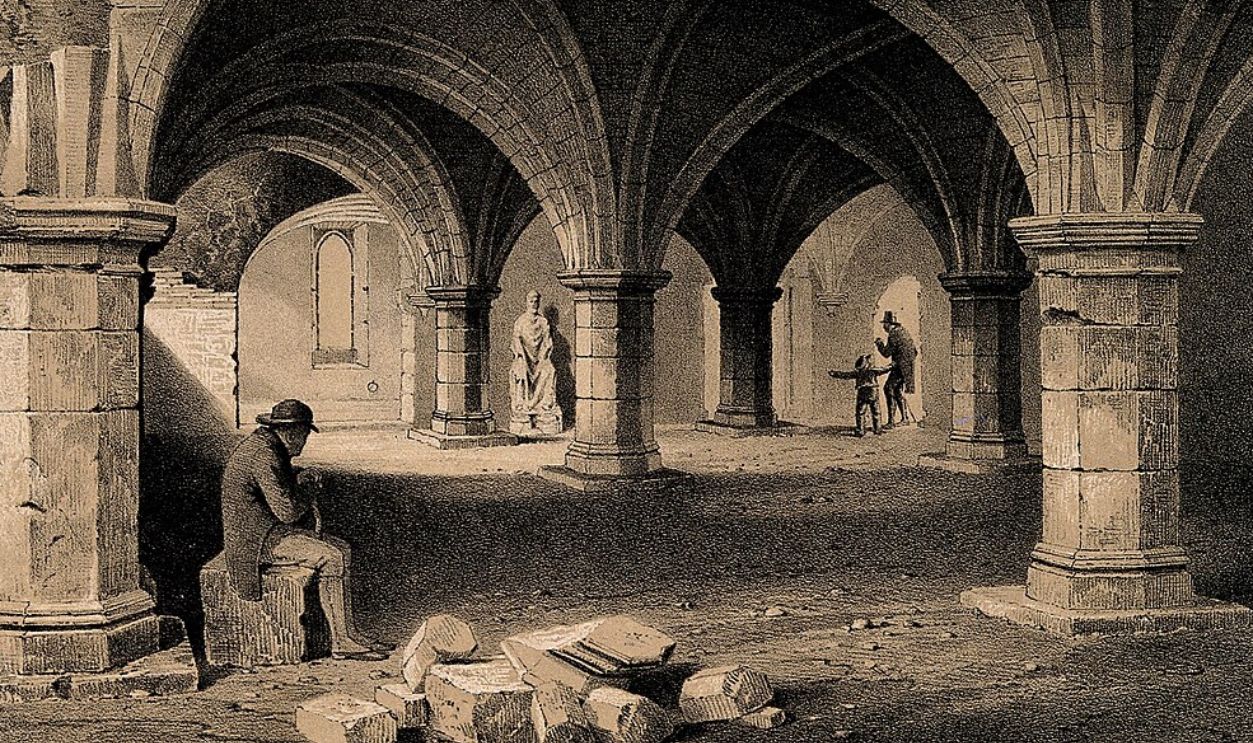 Unknown author, Wikimedia Commons
Unknown author, Wikimedia Commons
Preservation Efforts
During a major refurbishment between 2015 and 2017, a rigorous archaeological watching brief was maintained by the York Archaeological Trust to record and preserve discoveries beneath the theater, including medieval hospital remains and a stone gateway believed to be the original stage entrance.
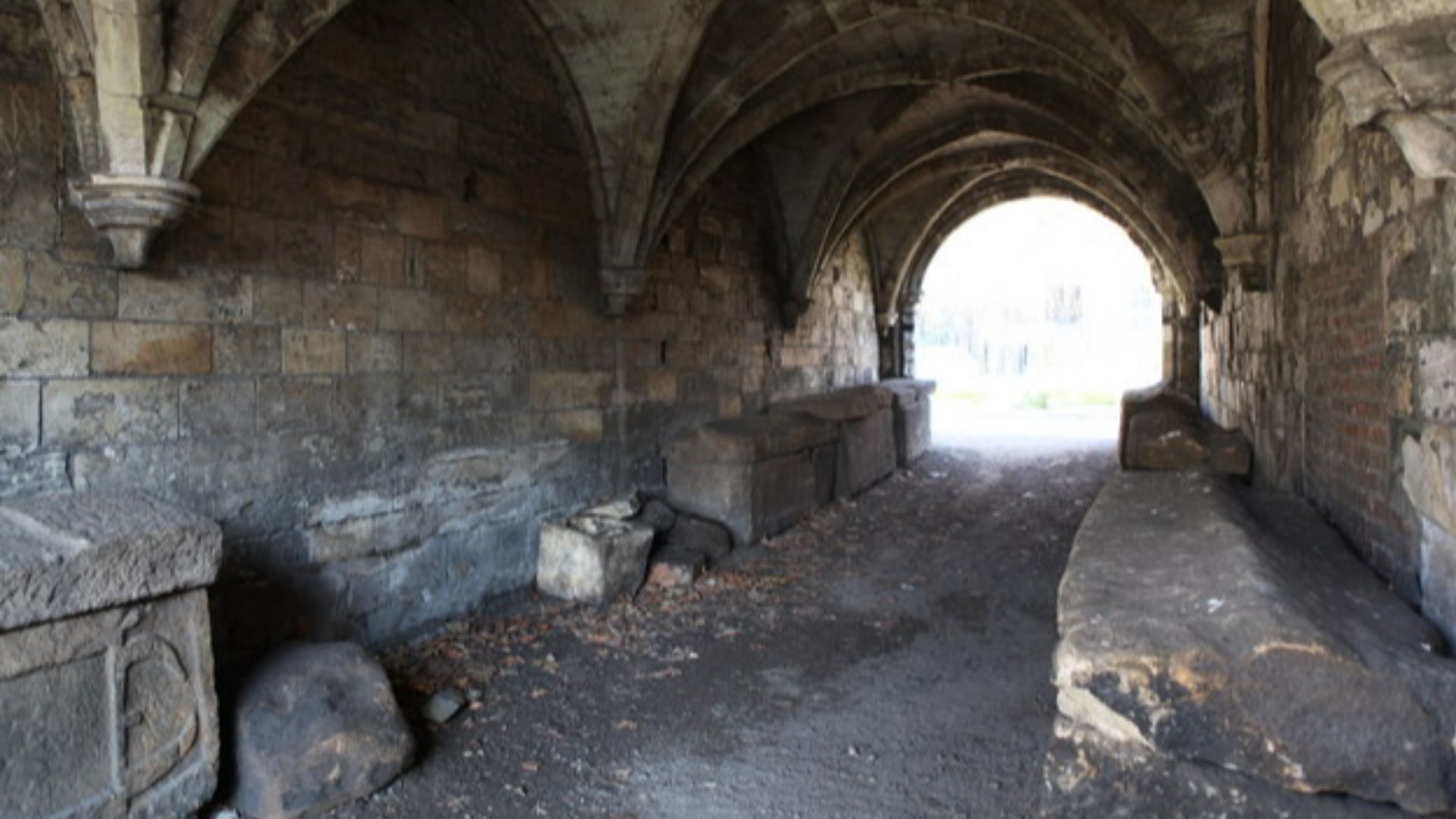 Michael Jagger, Wikimedia Commons
Michael Jagger, Wikimedia Commons
Preservation Efforts (Cont.)
This process involved carefully retrieving and cleaning artifacts while allowing ongoing theater operations and public engagement through tours and media coverage. The redevelopment project balanced modernizing facilities, such as installing a new stage, enhancing lighting, and improving audience amenities.
 Tour of the new look York Theatre Royal by TheYorkMix
Tour of the new look York Theatre Royal by TheYorkMix
Public Reaction
Social media exploded with images of the hospital within minutes of discovery. Local residents quickly formed spontaneous viewing lines around the sinkhole site, eager to witness the historic find firsthand despite safety concerns. This surge of interest has generated significant buzz and heightened tourism to the area.
Religious Connection
Recovered religious artifacts confirm the hospital's strong ties to York Minster and its operation under monastic supervision. The daily hospital routine included regular religious observances, mirroring medieval belief that spiritual cleansing was essential to physical healing.
Royal Patronage
The hospital's connection to Anglo-Saxon King Aethelstan, who founded its predecessor, demonstrates royal interest in public healthcare from early times. The substantial size and prominent location of St Leonard's Hospital indicate continued royal and ecclesiastical support throughout its operation, highlighting its importance within York's social structure.
Anglo-Saxon King Aethelstan
King Aethelstan (reigned 924–939 AD) is regarded as the first King of all England, having unified various Anglo-Saxon kingdoms under his rule. He was the son of Edward the Elder and grandson of Alfred the Great. Aethelstan is celebrated for significant military, political, and religious achievements.
 Herbert Cole, Wikimedia Commons
Herbert Cole, Wikimedia Commons
Urban Archaeology
The hospital discovery personifies York's layered archaeological reality—a modern city built upon itself repeatedly. City Councillor Kate Ravilious noted that such discoveries are “consequences of living in a beautiful historic city like York”. Typical excavations navigate through Victorian, Georgian, Tudor, and medieval layers.
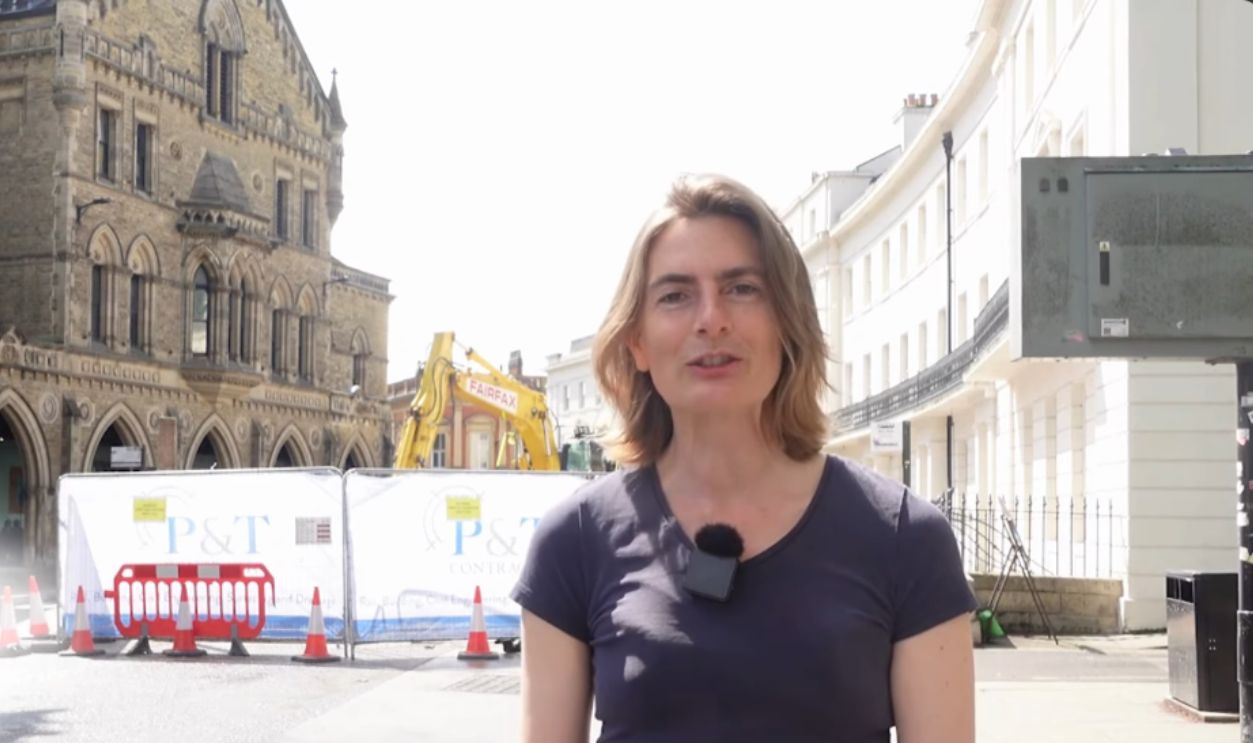 Archaeological finds revealed at St Leonard's Place by City of York Council
Archaeological finds revealed at St Leonard's Place by City of York Council
Historical Significance
St Leonard's Hospital operated during York's development from Viking settlement to prosperous medieval city. Its scale suggests York's healthcare system was more advanced than previously thought during this pivotal historical period. Researchers believe studying this facility enhances understanding of medieval medical practices in northern England.
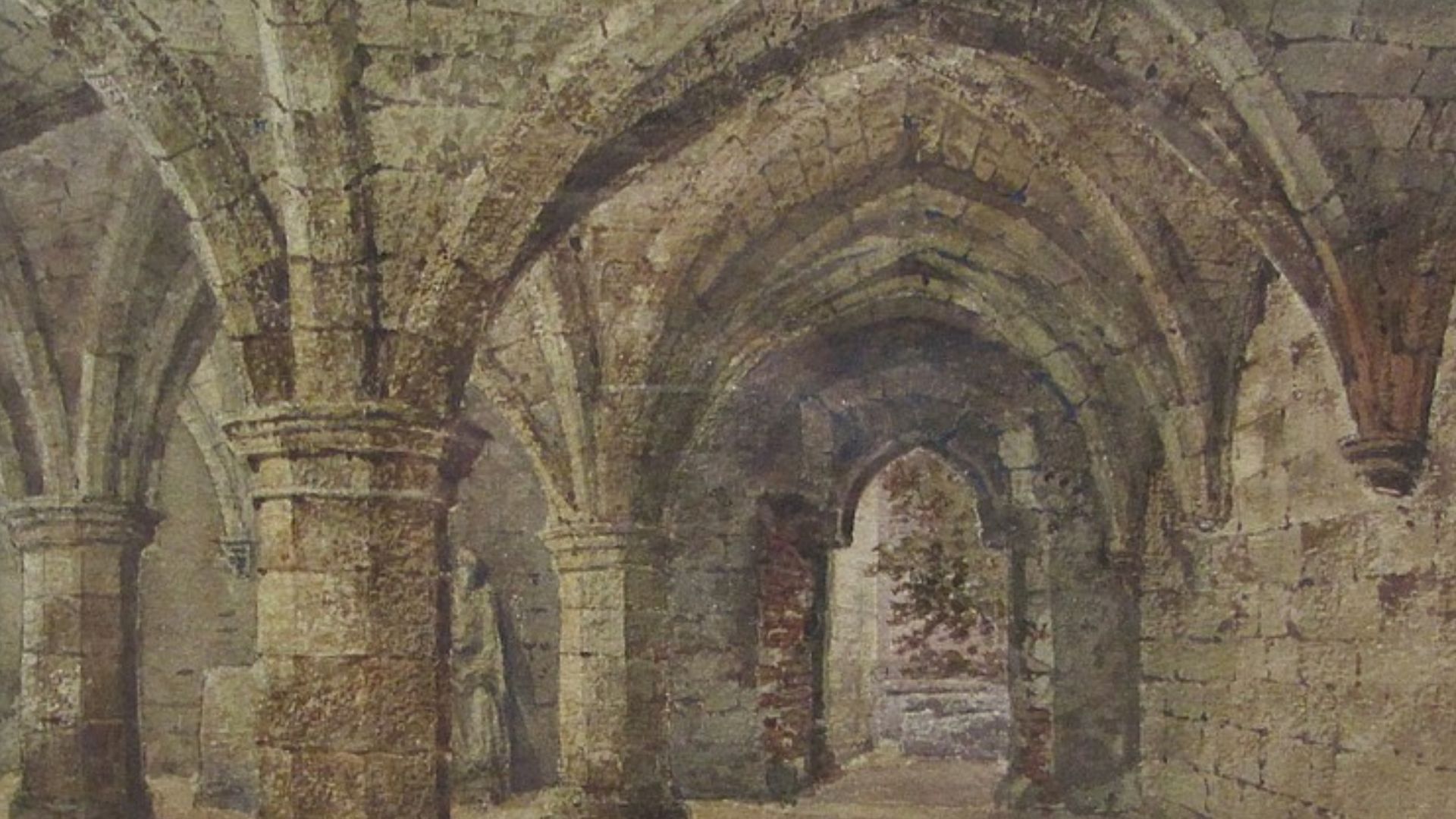 William James Boddy, Wikimedia Commons
William James Boddy, Wikimedia Commons
Reformation Impact
Henry VIII's religious reforms abruptly ended the hospital's operations in the late 1530s. The site was repurposed after the Reformation, becoming the Royal Mint—giving it its post-medieval name of Mint Yard. This transformation reflects the broader religious and institutional changes sweeping across England during the Tudor period.
Tudor Period
This period in England (1485–1603) was marked by significant political, religious, and cultural changes affecting York and its iconic York Minster. The Minster, a Gothic cathedral with origins dating back to early Anglo-Saxon times, experienced substantial effects during the Tudor era, especially during the Reformation.
Restoration Plans
City officials have developed a solution balancing historical preservation with infrastructure needs. After complete documentation, repairs to St Leonard's Place must continue as it remains an essential York thoroughfare. The City of York Council has worked to repair the road while preserving the historical knowledge gained.
 Archaeological finds revealed at St Leonard's Place by City of York Council
Archaeological finds revealed at St Leonard's Place by City of York Council


